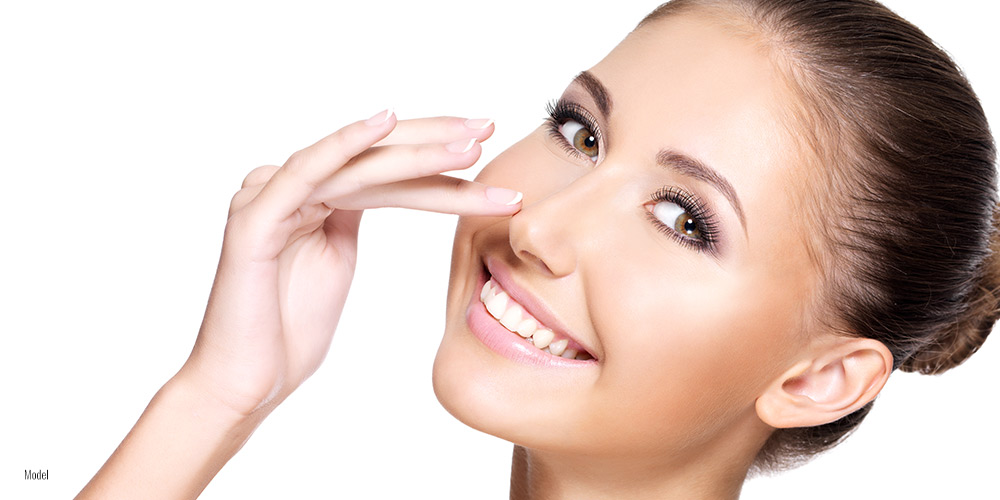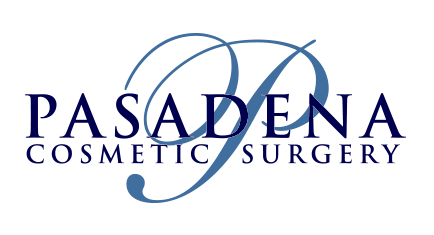
Rhinoplasty, also known as a nose job, is a surgical cosmetic procedure performed to improve the shape, size, and symmetry of your nose. If you’re dissatisfied with the appearance of your nose or have recently undergone nose-reshaping surgery and are recovering, this blog will explain why you shouldn’t blow your nose too soon and how to manage this healing phase.
6 Min Read:
Types of Rhinoplasty
There are several rhinoplasty techniques, each designed to address specific needs and goals:
- Open Rhinoplasty: This approach involves making a small incision on the columella, the skin between the nostrils, to access the nasal structures. Open rhinoplasty is often used for more complex cases, such as secondary rhinoplasty or revision rhinoplasty, where detailed adjustments are necessary.
- Closed Rhinoplasty: In this method, the incisions are made inside the nostrils, which leaves no visible scars. Closed rhinoplasty is typically used for simpler cases, such as minor adjustments to the tip of the nose or nasal bones.
- Functional Rhinoplasty: This form of rhinoplasty focuses on improving impaired nasal function. It corrects issues like a deviated septum or misaligned nasal bones to improve breathing and overall nasal health.
- Revision Rhinoplasty: Secondary rhinoplasty is typically performed to correct or enhance the outcome of a previous nose job surgery. It addresses any complications or dissatisfaction from the initial surgery.
Blowing Your Nose After Rhinoplasty
Rhinoplasty is a transformative treatment designed to enhance the look and function of the nose. While results are often transformative, the recovery process requires careful attention—especially when it comes to blowing your nose.
Functional rhinoplasty, or nose job surgery, is a transformative treatment designed to enhance the look and function of the nose. While the results are often transformative, the recovery process requires vigilance, especially when it comes to blowing your nose.
After surgery, your nose is very delicate, and improper handling can disrupt healing, increase swelling, or even affect your final results. So, when is it safe to blow your nose after rhinoplasty? And what can you do in the meantime to manage nasal congestion?
Why Shouldn’t You Blow Your Nose After Rhinoplasty?
Following rhinoplasty, your nasal passages are swollen, and the internal tissues are still healing. Blowing your nose too soon can:
- Damage sutures and delicate structures inside your nose.
- Increase swelling and prolong recovery.
- Cause bleeding by putting pressure on healing blood vessels.
- Alter your results, especially if excessive force is used.
For these reasons, most surgeons recommend avoiding nose blowing for at least three to four weeks and sometimes longer, depending on the complexity of your surgery.
Managing Nasal Congestion Without Blowing Your Nose
One of the biggest challenges after rhinoplasty is dealing with nasal congestion while being unable to blow your nose. The good news is that there are safe, effective ways to manage congestion and breathe more comfortably.
Use a Saline Spray
A gentle saline spray can keep your nasal passages moist and help loosen mucus without causing irritation.
- Use a sterile, non-medicated saline spray as directed by your surgeon.
- Gently spray into each nostril 2–3 times a day to relieve dryness and congestion.
- Avoid forceful spraying, which can put pressure on the healing tissues.
Try a Humidifier
Use a cool mist humidifier in your bedroom to reduce nasal dryness and ease breathing.
- Set up a humidifier near your bed, especially in dry or winter climates.
- Clean it regularly to prevent bacteria buildup.
Avoid Dry Air and Irritants
Dry environments can make nasal congestion worse. To protect your healing nose:
- Avoid exposure to dust, smoke, and strong odors.
- Stay hydrated to prevent your nasal passages from drying out.
- Take steamy showers to help loosen congestion naturally.
Sneeze With Your Mouth Open
If you feel a sneeze coming on, resist the urge to stifle it! Instead, sneeze with your mouth open to avoid pressure inside your nasal passages.
- This technique prevents strain on healing tissues and minimizes discomfort.
- Press your tongue against the top of your mouth to suppress sneezing when possible.
Avoid Allergens That Trigger Sneezing or Congestion
If you have allergies, try to minimize exposure to common triggers, such as:
- Pollen, pet dander, and dust mites.
- Perfumes, strong scents, or air pollution.
- Cold air or drastic temperature changes.
Your plastic surgeon may recommend temporary antihistamines if allergies are a major concern, but always consult with them before taking any medications.
How Long Should I Wait to Blow My Nose After a Nose Job?
The timeline for when you can safely blow your nose after a nose job depends on your healing progress and your surgeon’s specific guidelines.
You may be permitted to start blowing your nose gently one to two weeks after rhinoplasty. However, timelines vary depending on your individual healing progress. It’s essential to follow your surgeon’s directions and attend your follow-up visits to help ensure proper healing and minimize the risk of complications.
General Timeline for Blowing Your Nose After Rhinoplasty
- Weeks One to Two: Never blow your nose fully.
- Weeks Three to Four: Light, gentle nose blowing may be allowed if your surgeon approves. However, it’s still best to use alternative methods to manage congestion.
- Week Five and Beyond: By this time, most of the swelling has subsided, and your nasal structures are more stable. You may be able to blow your nose more normally, but continue to do so gently over the next few weeks.
Important: Healing varies from patient to patient. Some individuals may need to wait six weeks or longer before safely blowing their nose. Always follow your surgeon’s advice.
How to Safely Blow Your Nose When the Time Comes
Once your surgeon gives you the green light to blow your nose, it’s essential to do so gently and correctly to avoid disrupting your healing results.
Steps to Safely Blow Your Nose After Rhinoplasty:
- Use a soft tissue to avoid irritation.
- Blow very gently. Do not use excessive force.
- Blow one nostril at a time to minimize pressure.
- Keep your mouth slightly open to reduce strain on your nose.
- If congestion persists, use a saline spray first to loosen mucus before blowing.
Even after clearance, avoid aggressive nose blowing for at least six weeks to prevent complications.
What If You Accidentally Blow Your Nose Too Soon?
If you accidentally blow your nose before it’s safe, don’t panic! Most of the time, a single instance won’t cause serious damage, but it’s essential to:
- Check for signs of complications, such as bleeding, increased swelling, or discomfort.
- Avoid repeating the mistake and continue using safer alternatives for congestion relief.
- Inform your surgeon if you experience persistent pain or notice any unusual changes in your nose.
Visit Our Pasadena Nose Job Experts
Refraining from blowing your nose after rhinoplasty plays a huge role in your recovery, and rushing the process can lead to prolonged swelling, discomfort, or compromised results.
Our Pasadena, double-board-certified plastic surgeons are experts in their field. They can guide you through the entire rhinoplasty process and educate you on the best practices for keeping your nose safe to ensure you achieve your ideal outcome. Take a look at their before-and-after nose job photos, and call (626) 449-8910 to schedule your consultation or fill out our online contact form.




